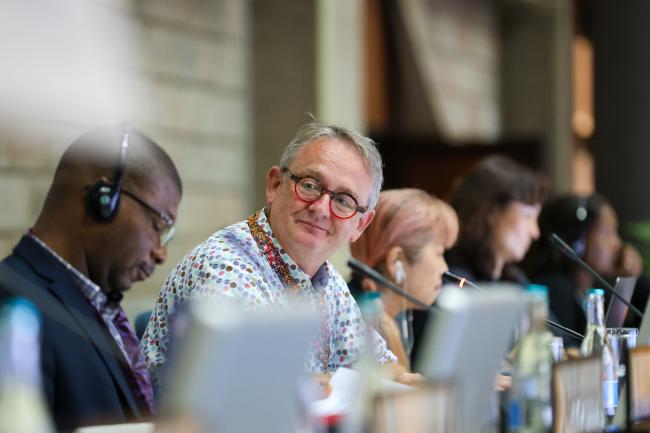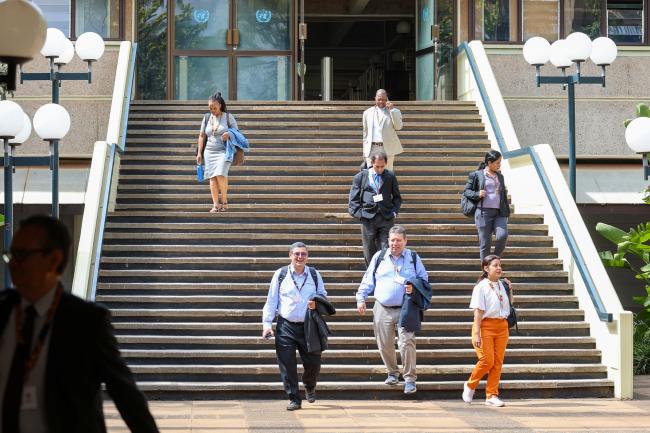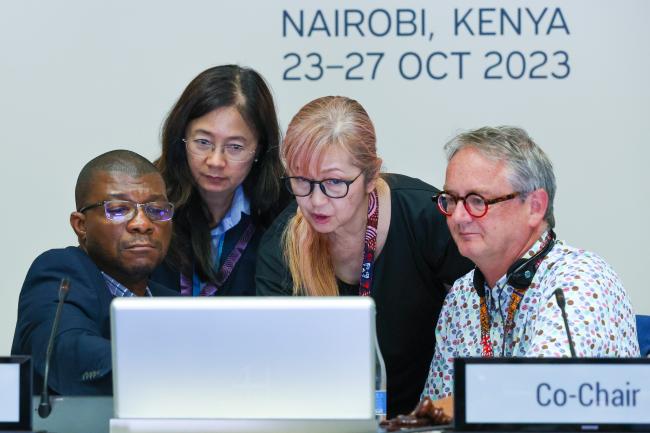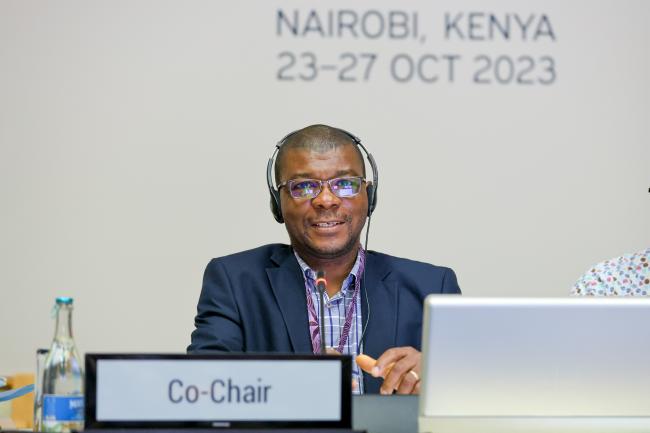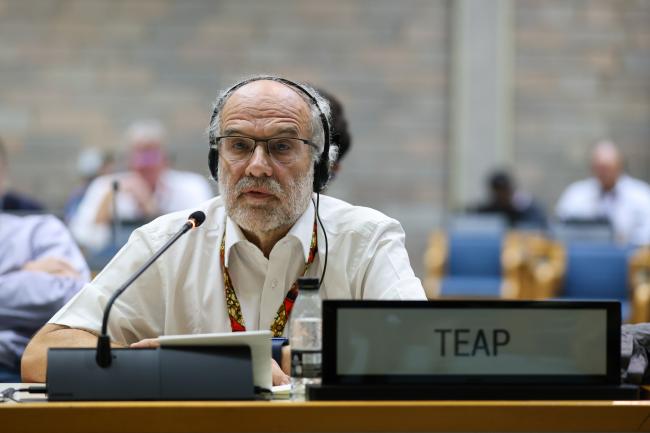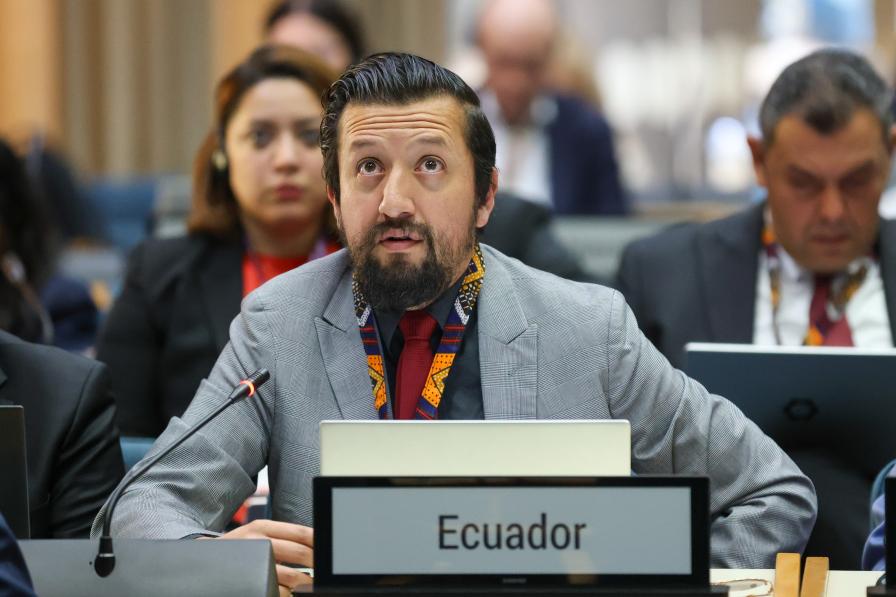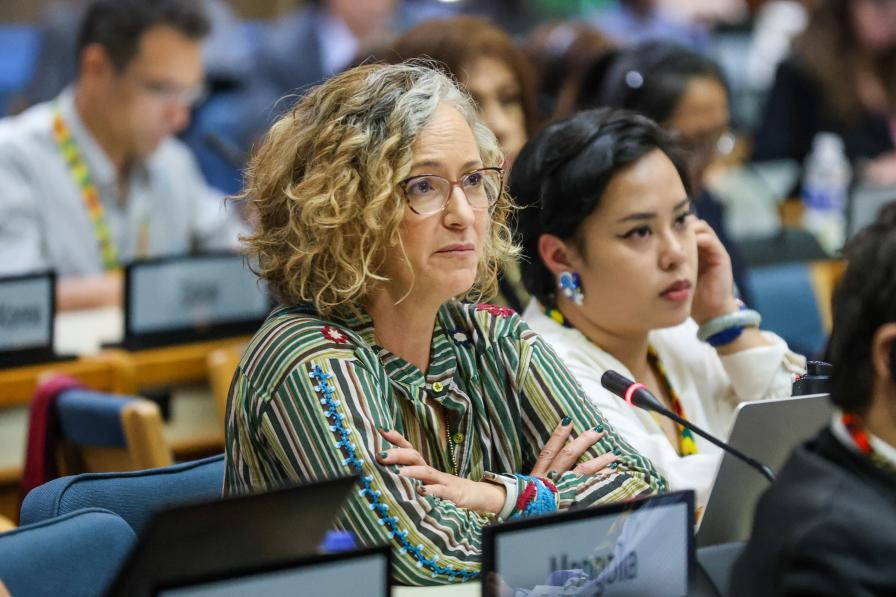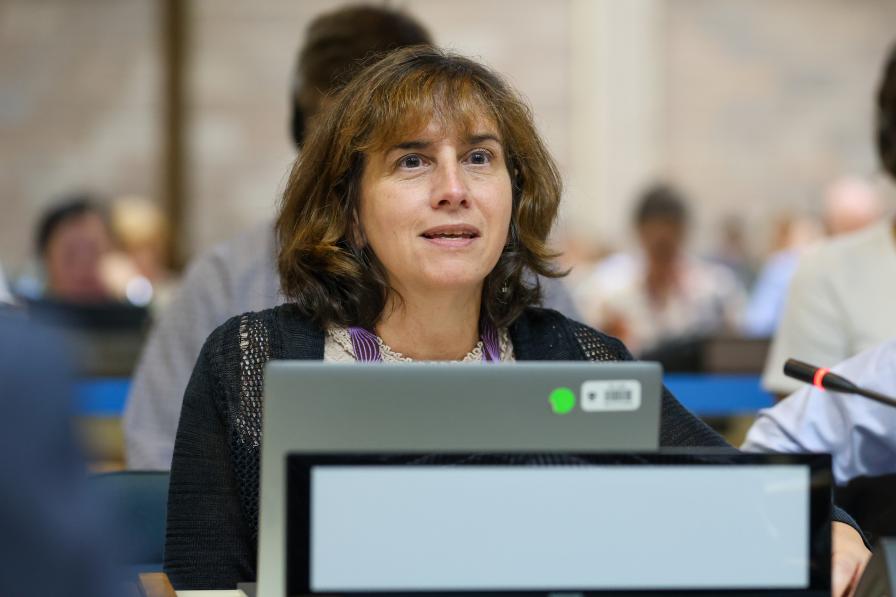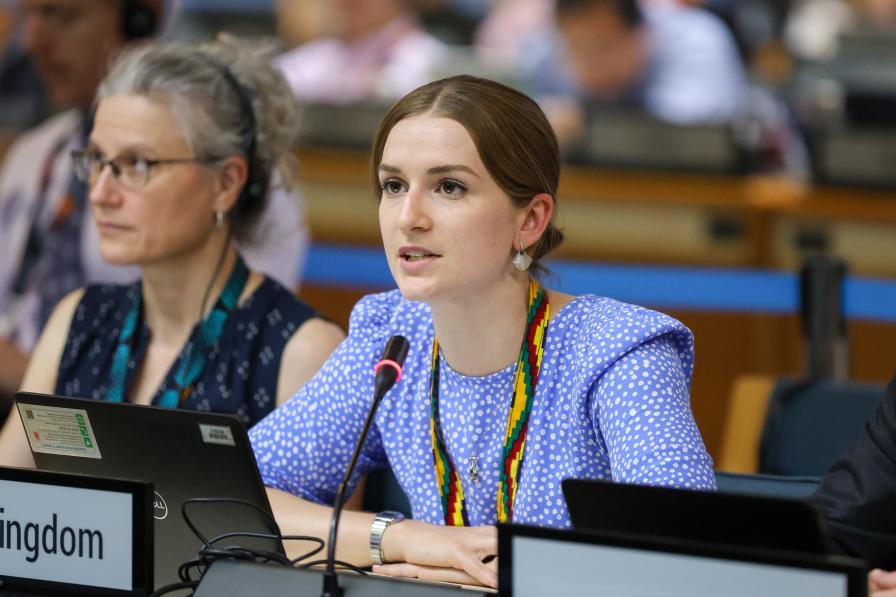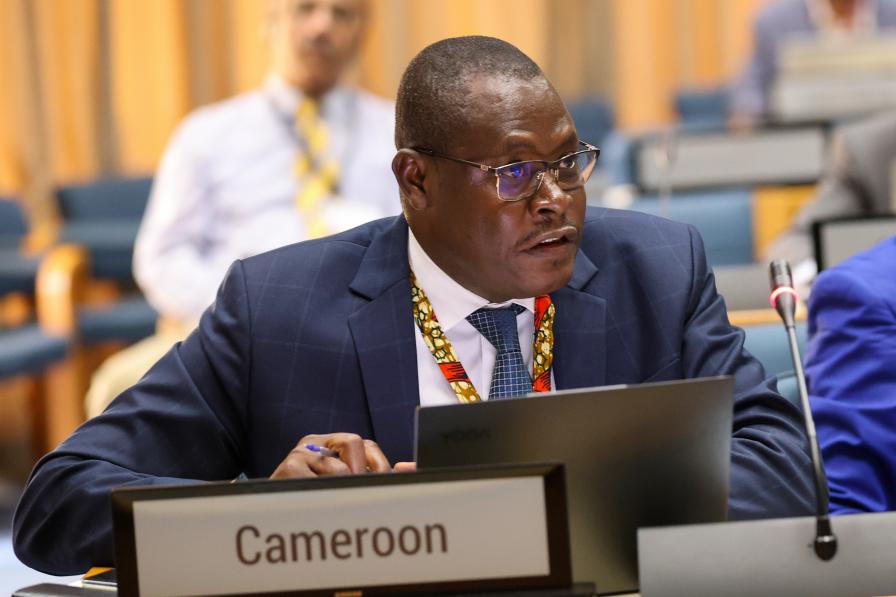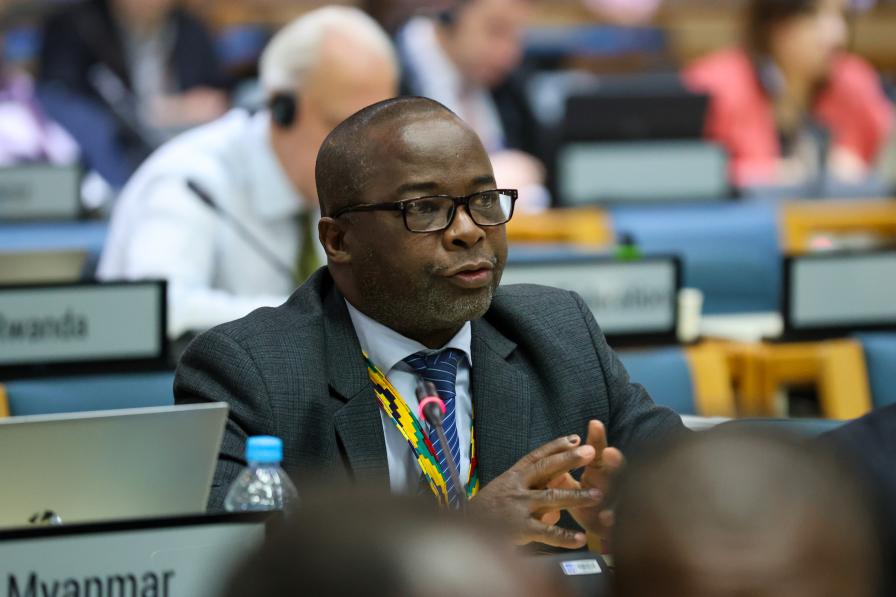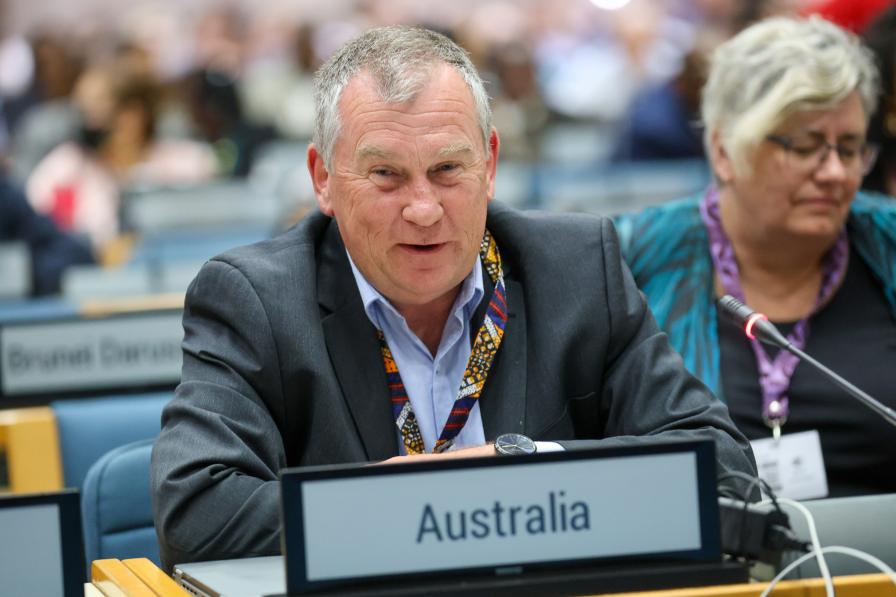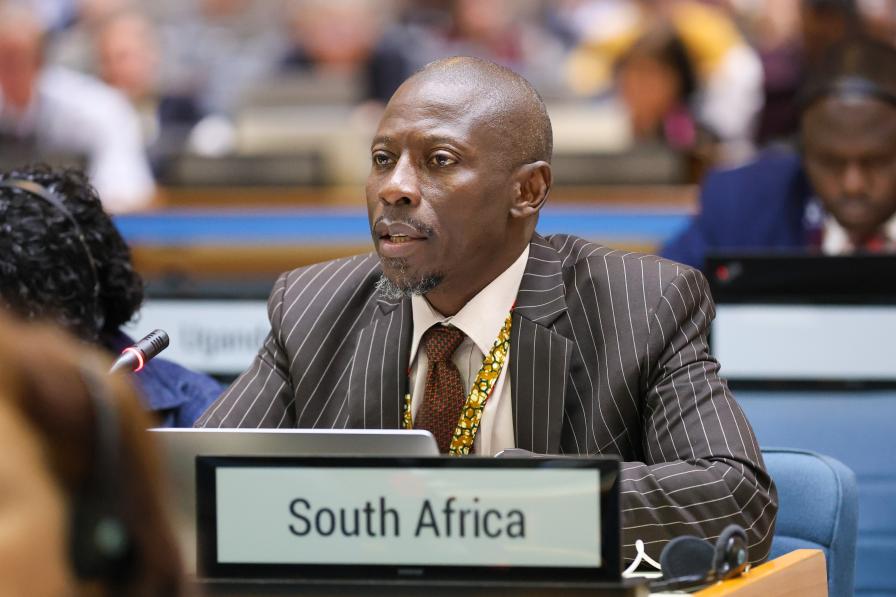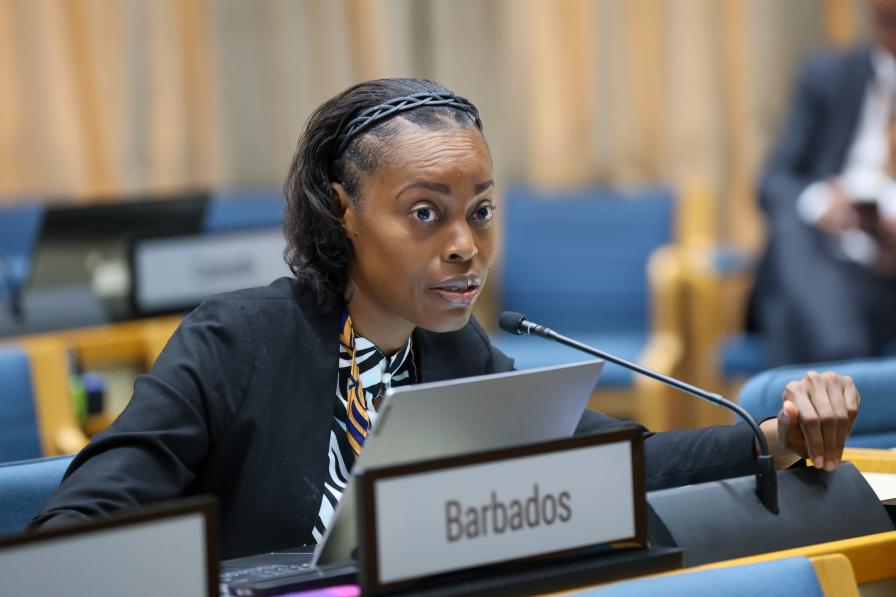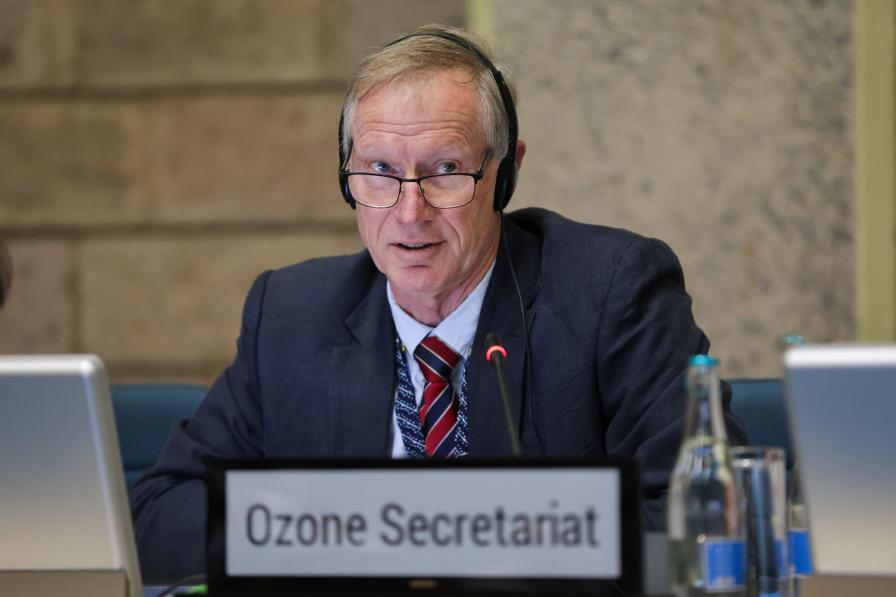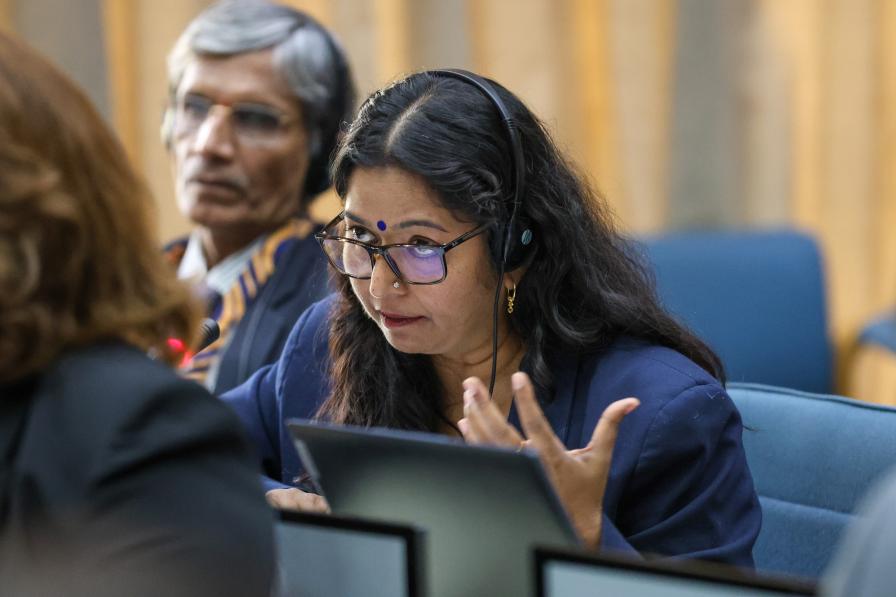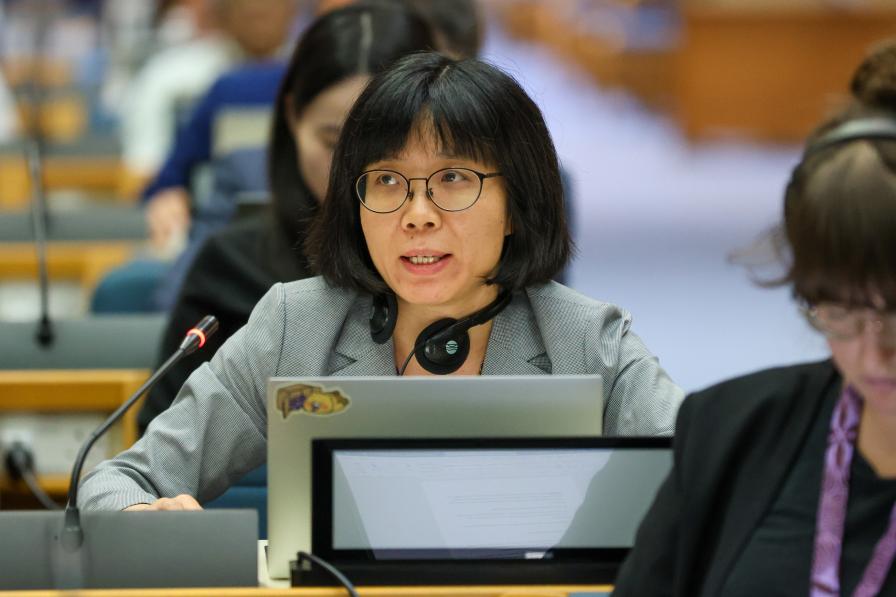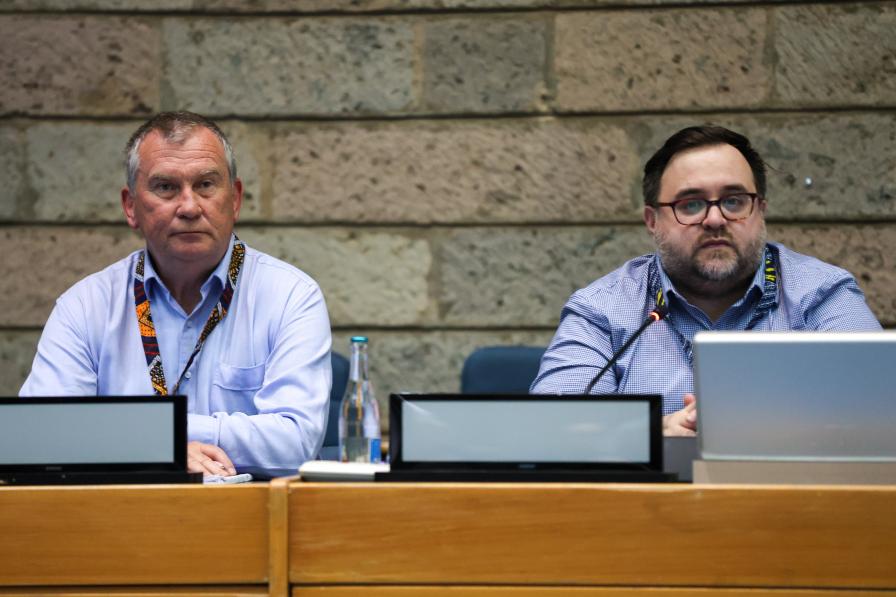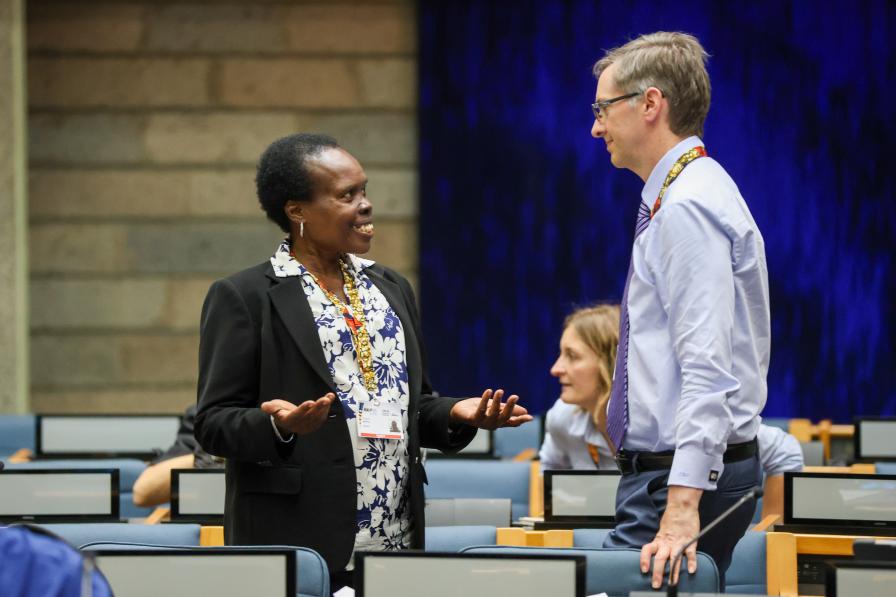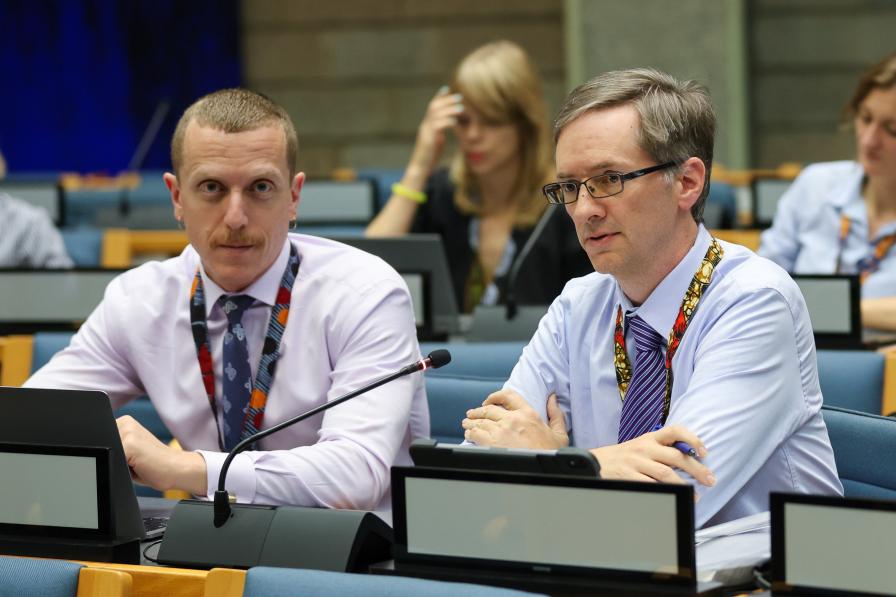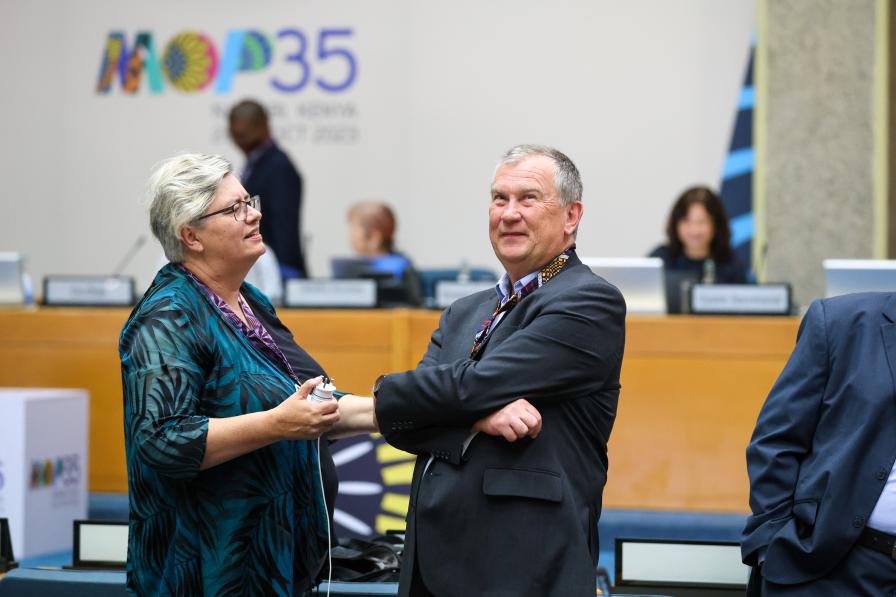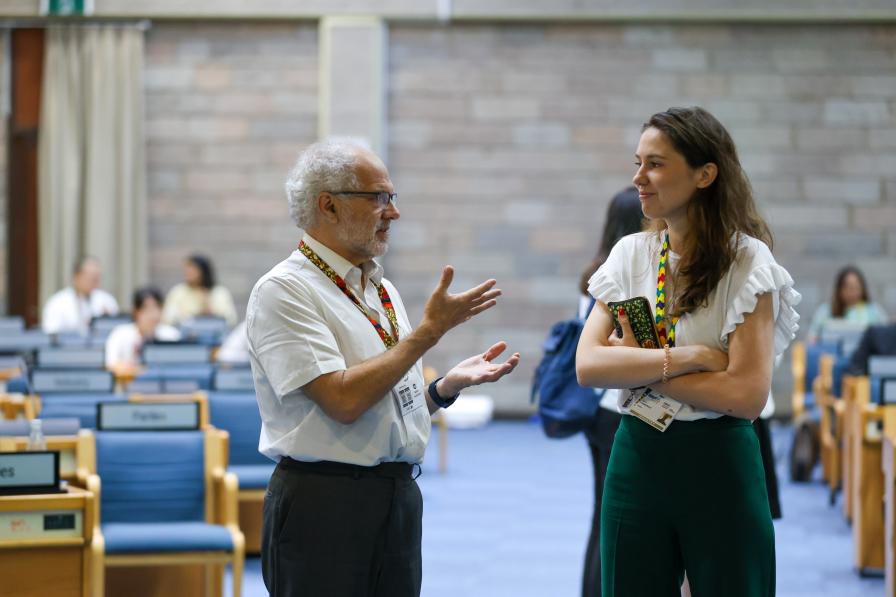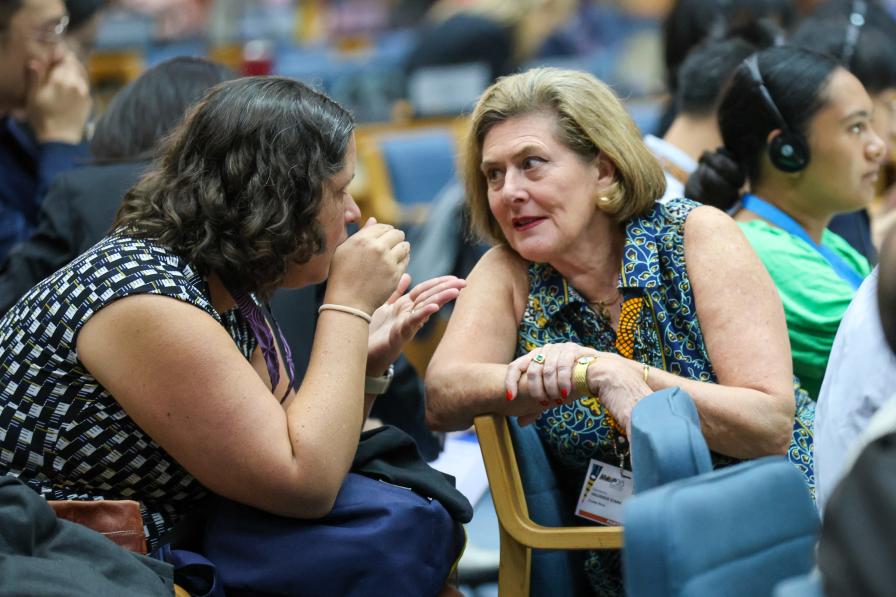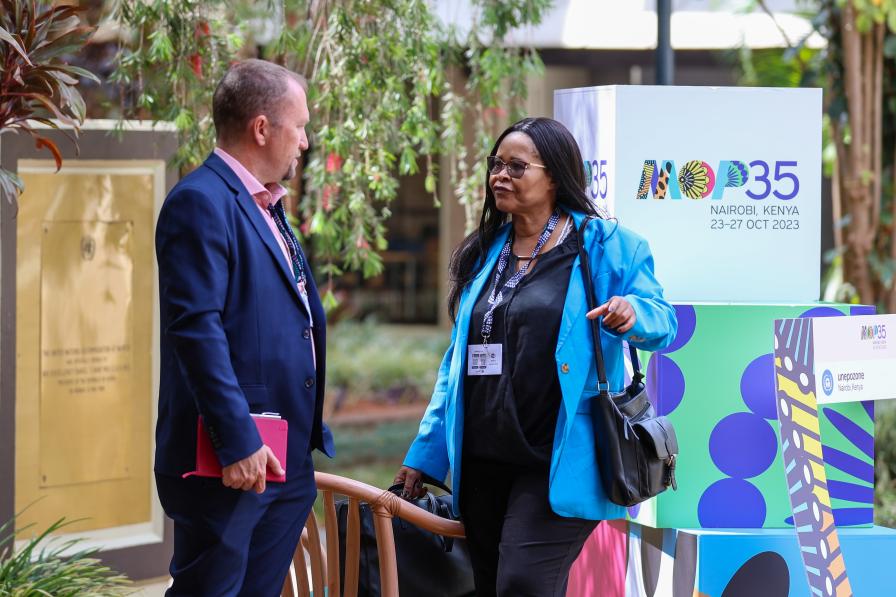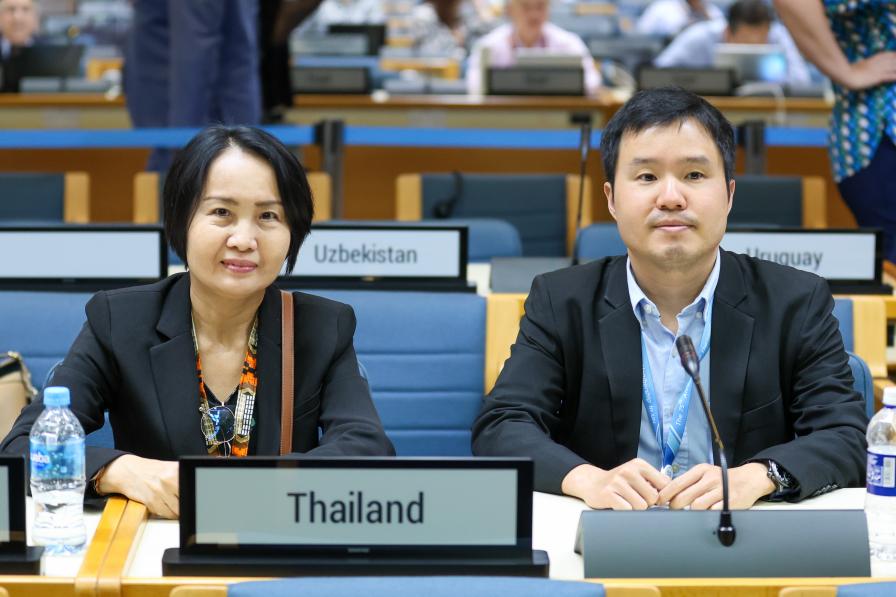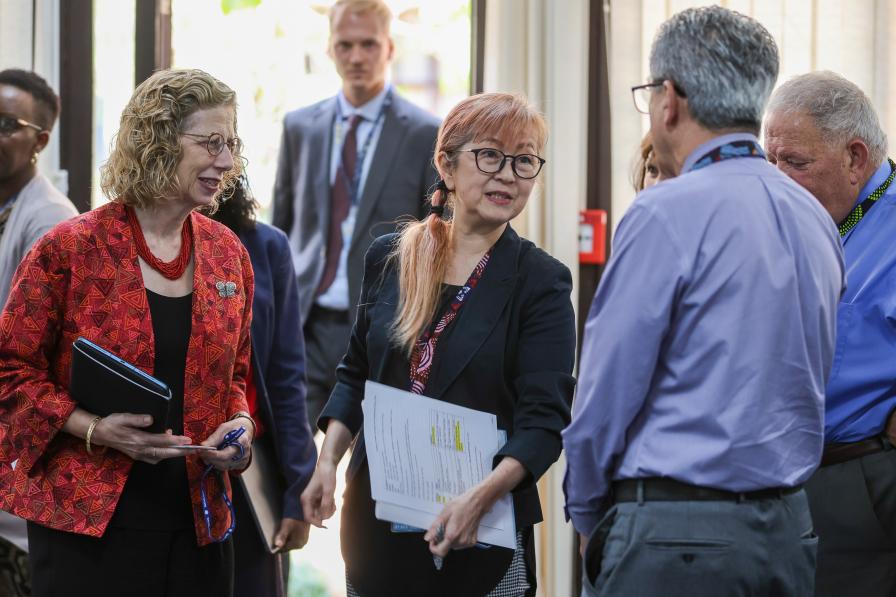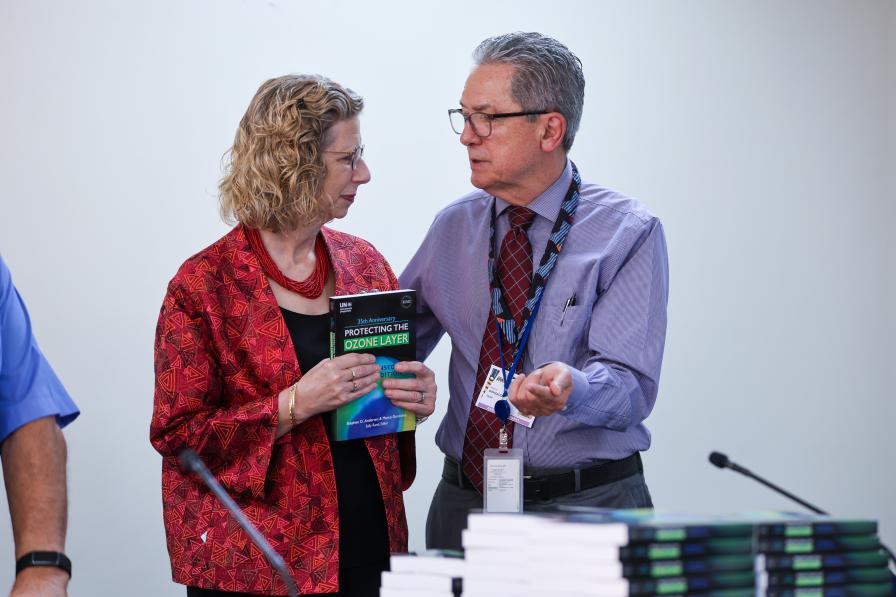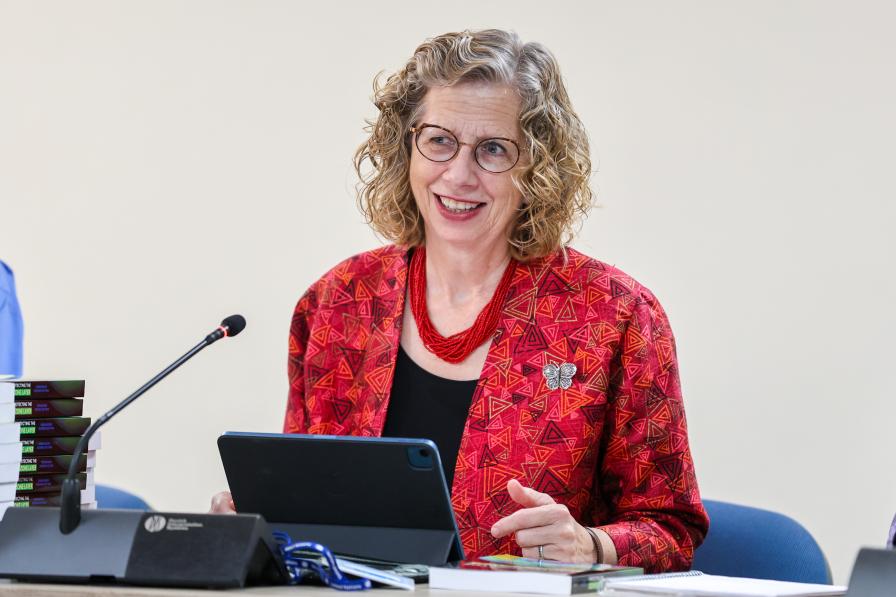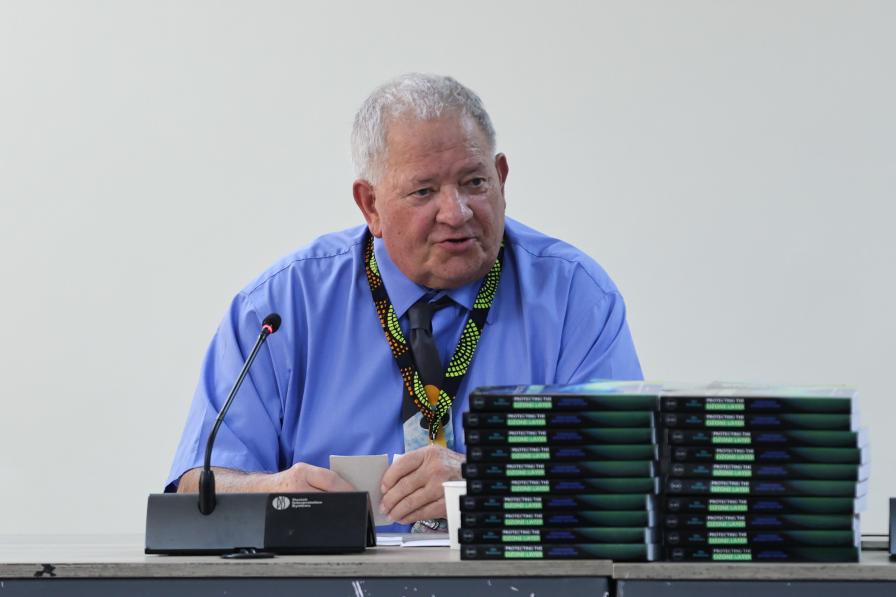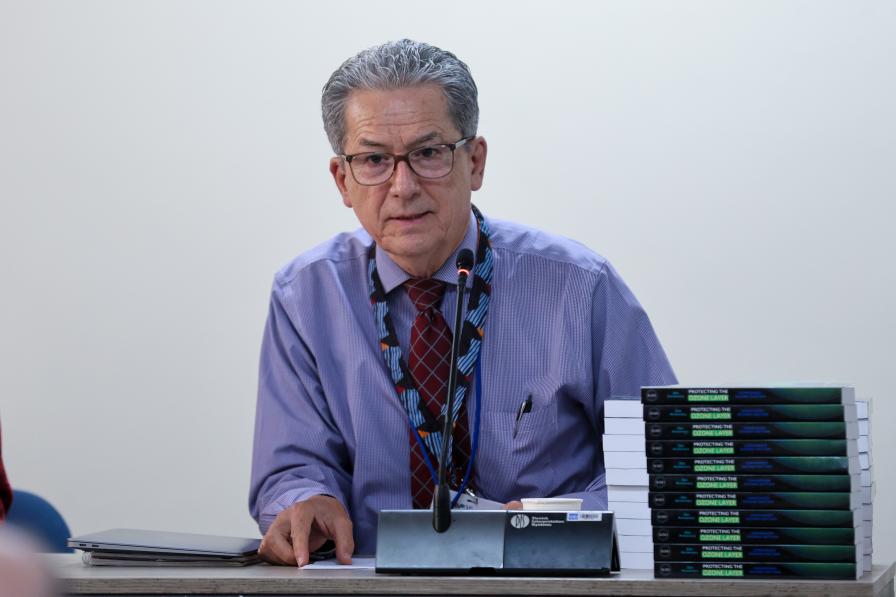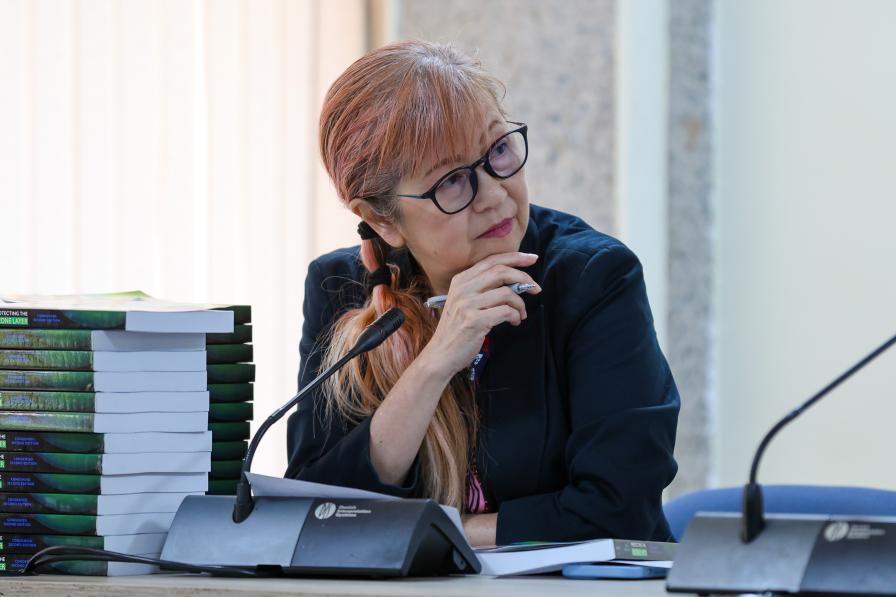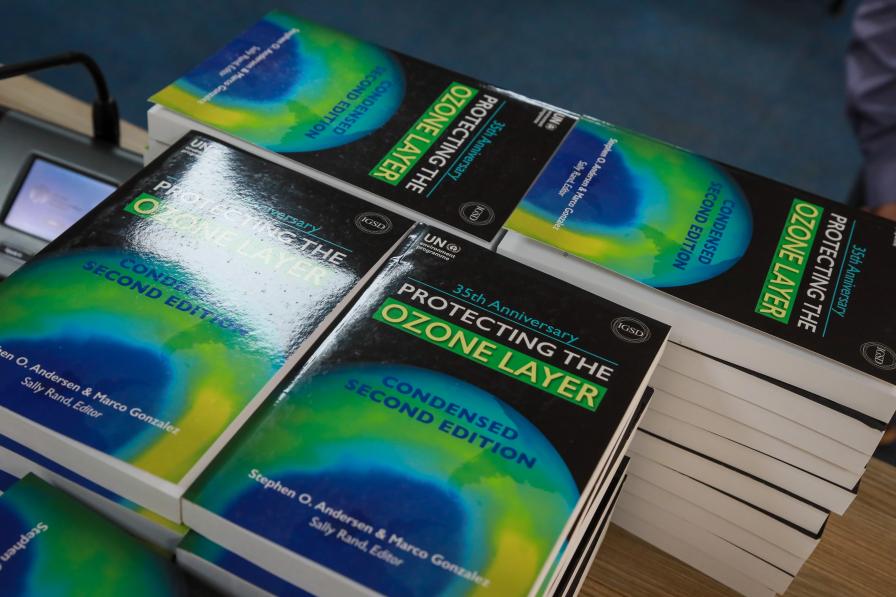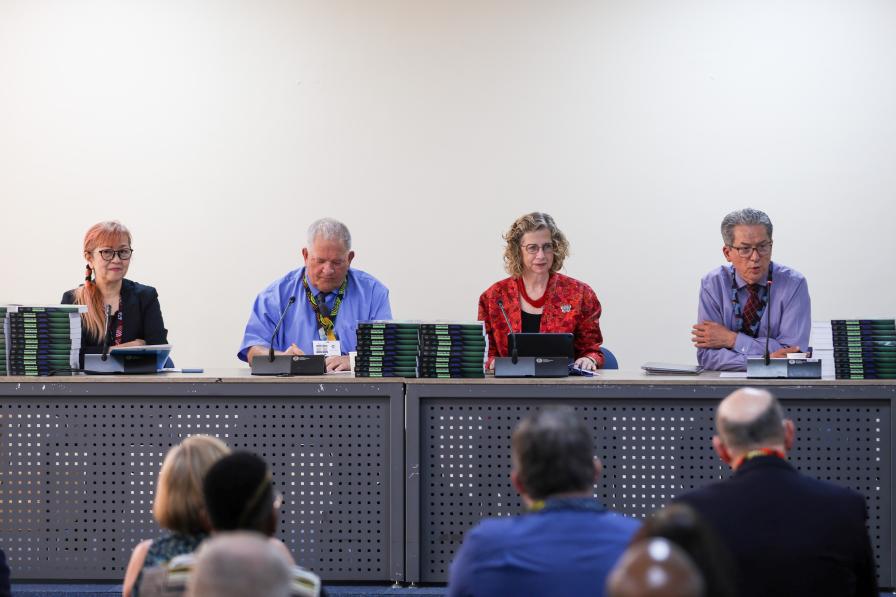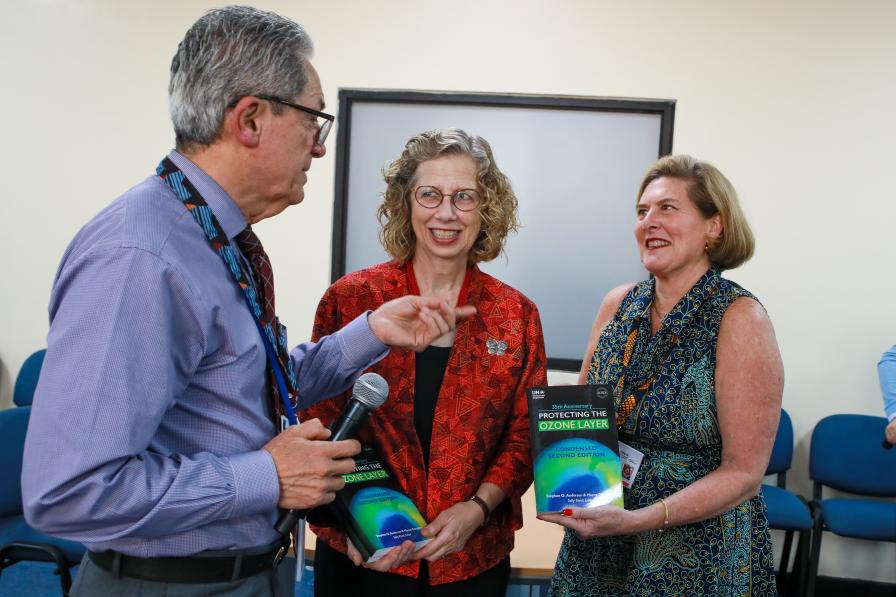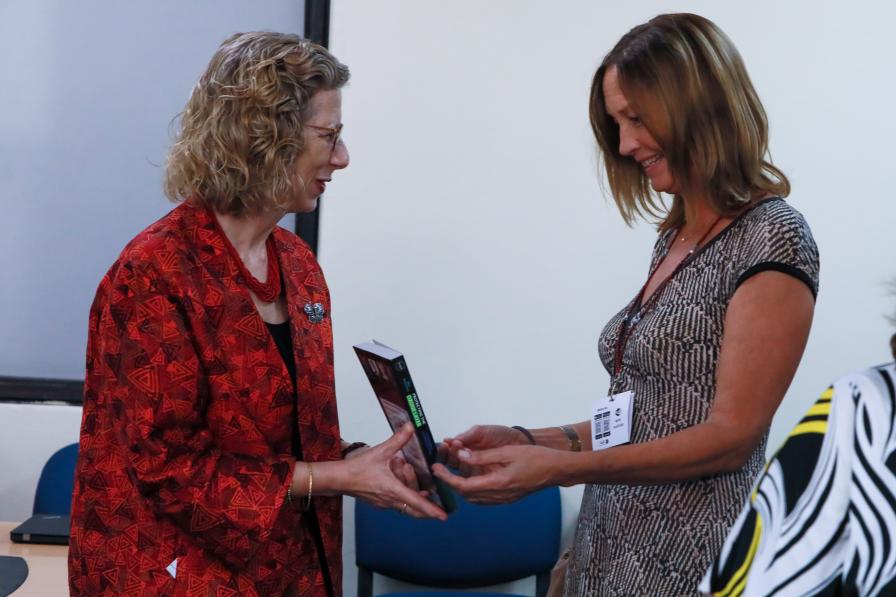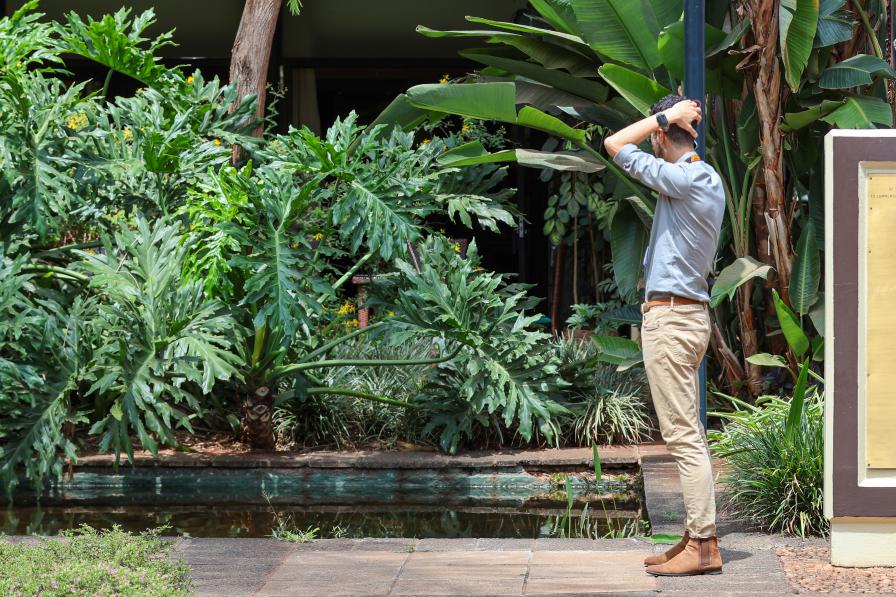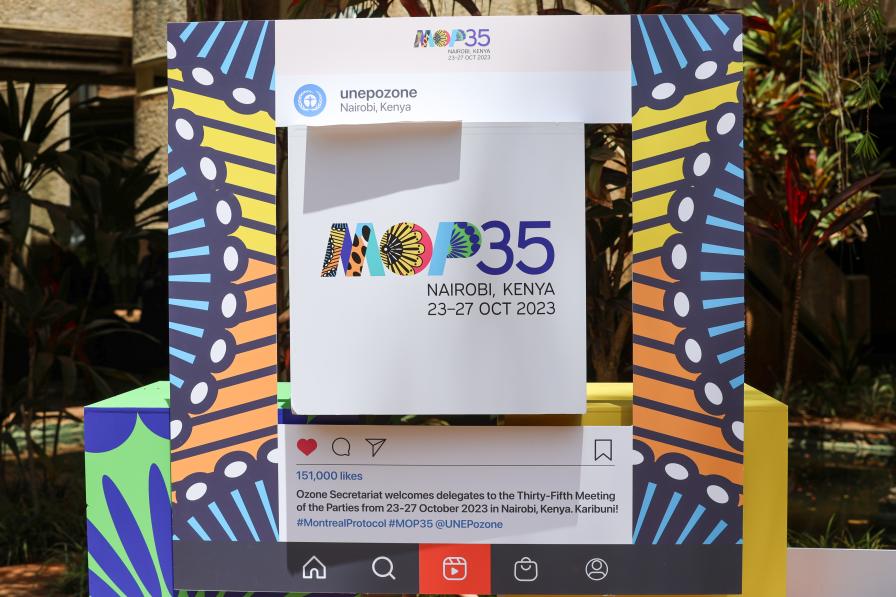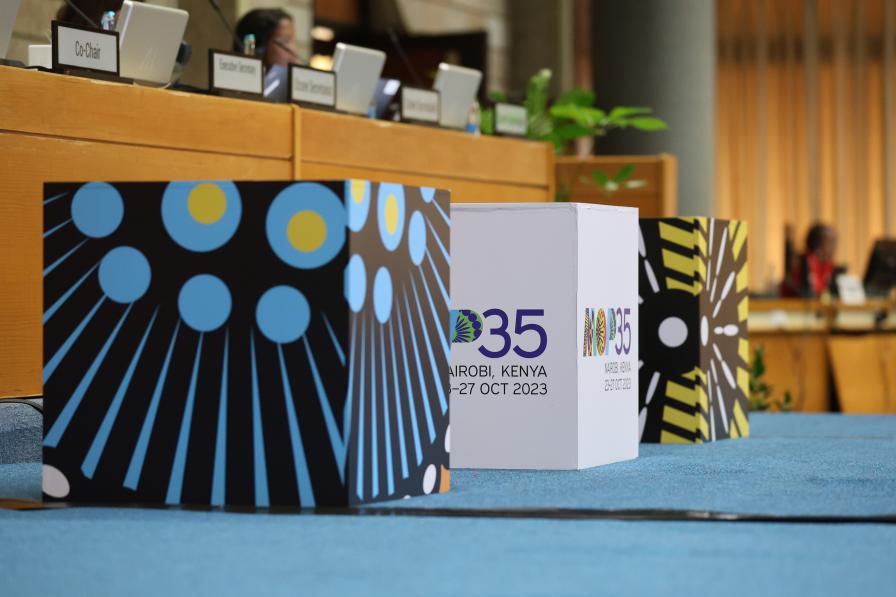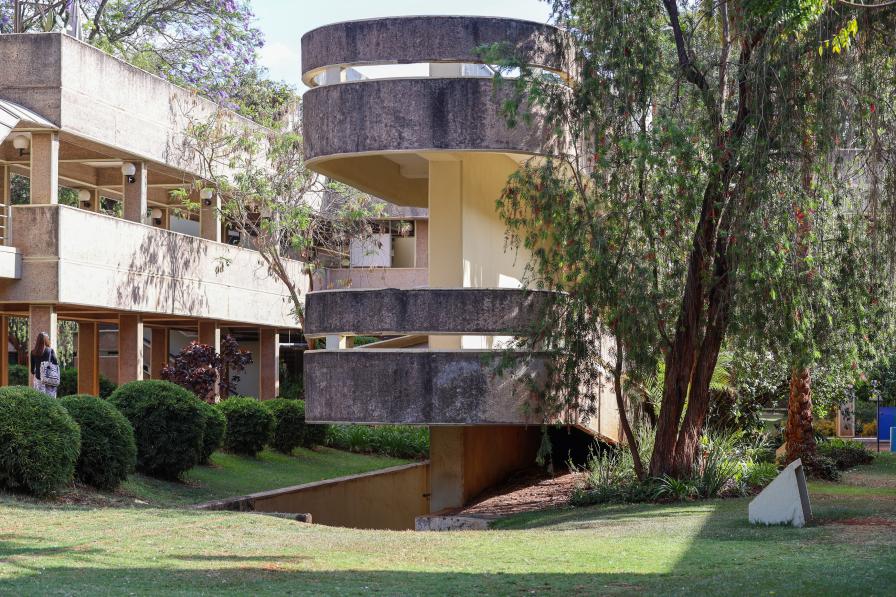For a number of years, African countries have called for the Montreal Protocol on Substances that Deplete the Ozone Layer to address the issue of the dumping of equipment containing obsolete material. The phase-out and phase-down timeframes of the Protocol are staggered between developing and developed countries, in order to create an equitable environment for implementation. This means that the use of controlled substances becomes illegal in some countries first, creating a trade loophole for a brief moment in time, before regulatory requirements related to ozone-depleting substances (ODS) and hydrofluorocarbons (HFCs) kick in for everyone.
Want to dig deeper into today's talks? Read the full Earth Negotiations Bulletin daily report.
This issue also relates to illegal trade in controlled substances, because inefficient and obsolete equipment is crossing seas and borders into developing countries, sometimes in the guise of donations and sometimes as cheap second-hand goods. The conversation has steadily gained traction at the international level, with more countries joining the calls to curb this practice. As the thirty-fifth Meeting of the Parties (MOP 35) convenes on African soil, delegates were glad that this issue is firmly rooted in the agenda.
On the back of the pre-meeting workshop, on Tuesday the MOP also discussed another central issue related to the implementation of the Kigali Amendment, that is, energy efficient and low- or zero- global-warming potential (GWP) technologies. Parties from countries with high-ambient temperatures underscored the importance of prioritizing this matter at the MOP, as, in these countries, air conditioning is “more a human right than a luxury.” Energy efficiency also links directly to climate change, since rolling out these technologies would have significant climate mitigation impacts. Delegates engaged in informal discussions on how best to address this issue.
Throughout the day, the MOP considered other key issues, including the continued use of ODS such as methyl bromide, including in cases for which there are alternatives, and carbon tetrachloride emissions. Other issues discussed related to the future availability of halons and their alternatives, specifically in the aviation sector; life-cycle refrigerant management, which also has co-benefits for the climate; combatting illegal trade in controlled substances; and gaps in, and options for, global atmospheric monitoring. They also addressed, among others, compliance and data reporting issues, nominations of experts to the Scientific Assessment Panel (SAP) and the Technology and Economic Assessment Panel (TEAP), and the status of ratifications of the Kigali Amendment.
On Tuesday, delegates met in contact and informal groups on, among others:
- the terms of reference for the next quadrennial assessment;
- the replenishment of the Multilateral Fund (MLF);
- adjustment to the Protocol;
- very short-lived substances;
- quarantine and pre-shipment uses of methyl bromide for which alternatives exist; and
- budget.
In the margins of the MOP, delegates attended a book-signing event of the second edition of the 35th Anniversary: Protecting the Ozone Layer. The book highlights the Montreal Protocol’s successes and innovations over the past 35 years, and records: the phase out of over 99% of ODS; the ozone layer’s path to recovery; the 2007 Montreal Adjustment; and the 2016 Kigali Amendment.
As delegates have completed a first reading of the agenda, contact and informal groups are set to meet for the bulk of the day on Wednesday.
To receive free coverage of global environmental events delivered to your inbox, subscribe to the ENB Update newsletter.
All ENB photos are free to use with attribution. For the 35th Meeting of the Parties to the Montreal Protocol on Substances that Deplete the Ozone Layer (MOP35), please use: Photo by IISD/ENB | Mike Muzurakis.
Plenary
Book signing: Protecting the Ozone Layer

From L-R: Stephen O. Andersen, Institute for Governance and Sustainable Development (IGSD); Megumi Seki, Executive Secretary, Ozone Secretariat; Inger Andersen, Executive Director, UNEP; and Marco Gonzalez, TEAP

